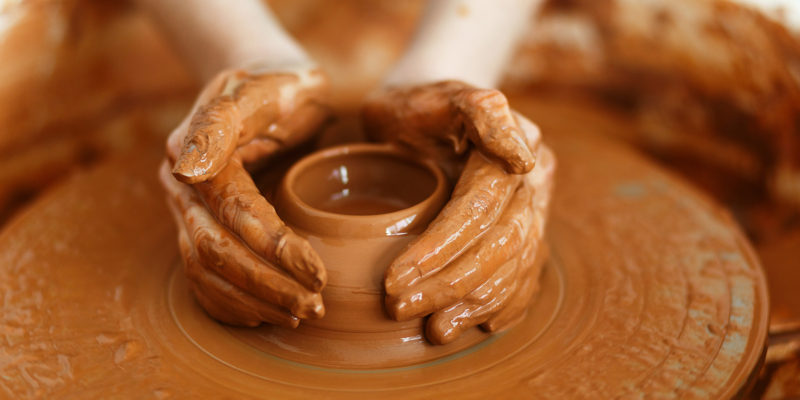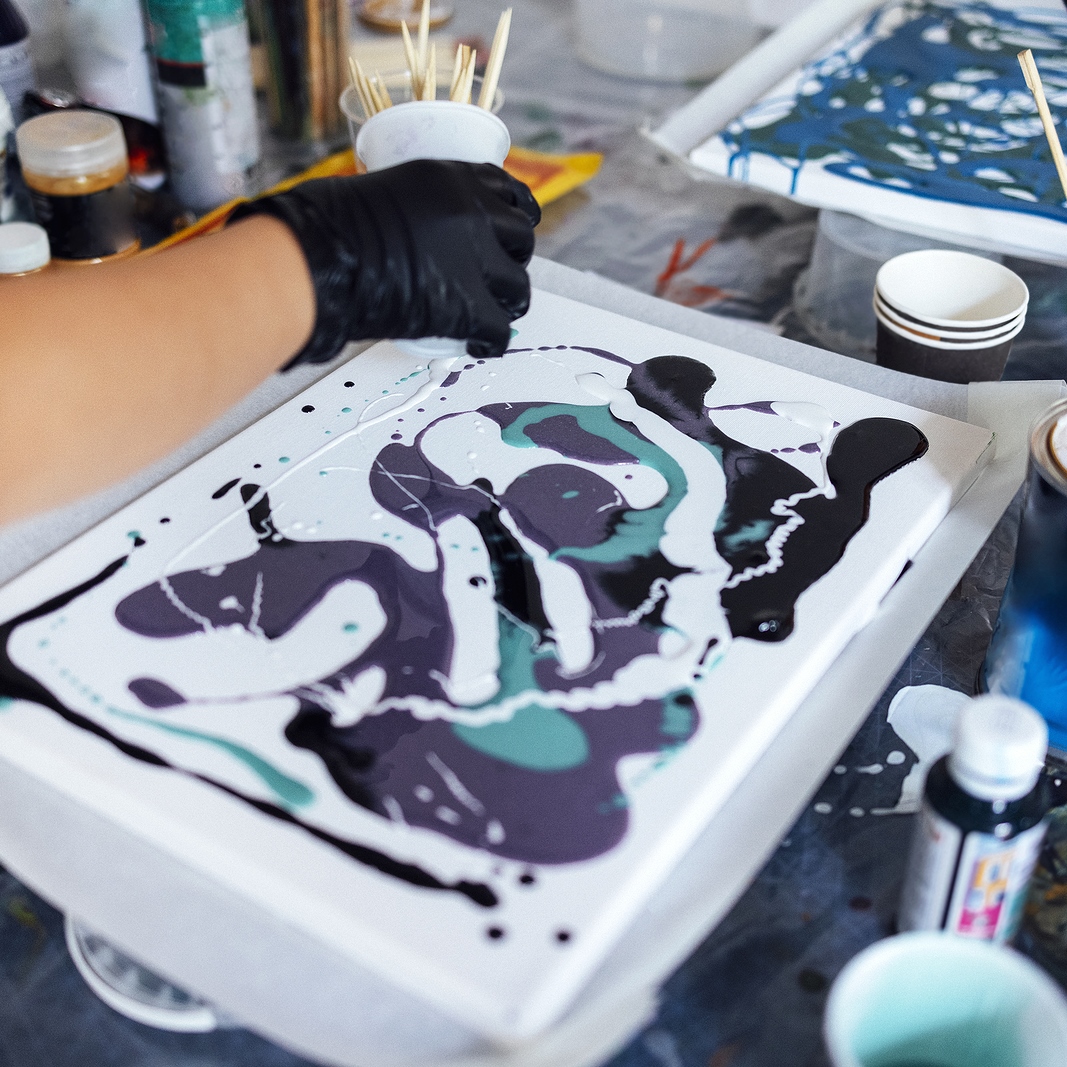When it comes to art, many consider it a hobby or an extracurricular activity and decide to skip it in order to focus more on the given curriculum.
While that is fine, it’s also crucial to understand how art education can help with self-development skills of a student when integrated with the curriculum.
Art in every form is an expression of our innermost thoughts, emotions, and desires; in other words, it is an escape from the real world. It de-stresses you and resets your brain so you can think clearly and logically about solving problems.
For centuries, art has been used as a means of communication. How else could we have known the existence of the cavemen if not for the pictographs left behind on cave walls?
In recent times, art appreciation has become deeply ingrained in human civilization, where paintings, books, and journals inform us of the social, economic, technological, and political changes in history.
Not convinced? Then, let’s take a look at the benefits of exploring art and how art education can help contribute to an individual’s overall development.
Art’s Multifaceted Benefits
Art is considered a hobby rather than a useful skill that can hone one’s personality and self-development. Look around you! The building you are now in was once an idea in the form of art. The sensational music you listen to, the dance moves, and even the dishes you cook are all works of art.
If you require more examples of the types of art, you can check out the art types guide. Let’s explore some of the extraordinary benefits of art education and why it should be integrated as part of the curriculum.
1. Cognitive Skills
Art stimulates creative learning, imagination, and innovation. It all begins with an idea that leads to critical thinking and eventually brings the idea to life. It also helps in problem-solving and decision-making, the most important skills essential for dealing with challenging situations in life.
For instance, when coloring with crayons, a child will learn that pressing too hard will darken the color more than pressing lightly. They’ll be able to think logically and avoid this mistake in the future.
Creating art also helps individuals in visual learning, i.e., learning about shapes, colors, patterns, and even various textures. However, creativity should not be confused with talent or intelligence.
Art allows one to explore, experience, discover, imagine, and express (or cope) with their feelings. It makes people think outside the box and interpret things their own way.
2. Fine Motor Skills
Fine motor skills are crucial for daily activities such as holding cutlery, buttoning a shirt, tying shoelaces, and so on.
Art activities require the use of hands and fingers, for instance, holding paint brushes, colored pencils, crayons, and even hand painting. It’s enjoyable and also improves hand-eye coordination, which in turn helps individuals with physical activities.
3. Sensory Skills
Art mainly focuses on the ‘process’ rather than the outcome or the product. It allows individuals to experience how things look and feel by experimenting with colors and textures and by using different materials.
Art should not be confused with crafting. The terms ‘art and craft’ are often used, but they are quite different.
Where art has no function other than being aesthetically pleasing, crafts have finished products and also include a dash of art in them to make them look attractive. And both are great for developing sensory skills.
4. Emotional Benefits
Art can be therapeutic, and one can use it as an outlet to cope with their feelings and emotions. It helps in reducing stress and promotes overall mental well-being.
Engaging in art activities allows a person to process traumatic experiences and express complicated thoughts in a safe and positive way.
For many, art creates a sense of accomplishment and provides renewed motivation to face the challenges of a new day. This activates the reward centers of the brain, which makes the artist feel happy, joyful, and relaxed.
5. Socializing Skills
Social skills are crucial for navigating your way through life. When engaged in group art activities, children get to connect with each other and work together collaboratively.
This leads to developing bonds of friendship, which, in the long run, builds and maintains relationships, boosts self-confidence, and creates empathy.
6. Language/Literacy Development
When observing artwork, you will need the right words to analyze, describe, and interpret what you’re viewing. This typically takes place in art exhibitions where many art fanatics stroll through the halls hung with masterpieces and try to interpret what the artist wants to convey.
Therefore, describing artwork, experimenting with new colors, and increasing your vocabulary with new words, such as textures, abstract, and so on, all help in developing your verbal skills.
Not to mention, if it's a group activity, sharing thoughts with other group members and socializing with them on a regular basis also improves language skills.
7. Interpersonal Skills
Art creates a sense of achievement and boosts self-confidence. The most crucial skill that art requires is perseverance and patience. It teaches valuable life lessons about how determination and dedication can reward you for your hard work in the form of a beautiful masterpiece.
Forms of Art
As human beings, each of us thinks differently and perceives art in various ways. Below are some of the different forms of art that we can see around us every day.
● Painting/Doodling/Sketching
Painting has been the main form of art for centuries. Cavemen carved and painted using various types of minerals, insects, or fruits to depict their lives in the caves. Ancient Egyptians carved on the walls of the tombs of people belonging to the noble class.
Centuries passed, and so did our improvement in painting supplies. Painting on canvases with an attention to detail was all the hype. Among the best-known paintings around the world, Leonardo da Vinci’s Mona Lisa and Vincent van Gogh’s The Starry Night were the popular ones, to name a few.
In recent times, sketching and doodling have become in demand among the young population. Be they on paper or on a tablet, comic books and anime mangas are all the rage.
● Architectural Art
The Taj Mahal in India, the Colosseum in Rome, Burj al Arab in Dubai, and the Eiffel Tower in Paris are all examples of exceptional pieces of architectural art. They are considered masterpieces, and rightly so.
Some architectural buildings have historical significance, while others are aesthetically pleasing to look at.
● Pottery & Sculpture
Pottery and sculpting are also a form of art where your hands and fingers are used the most to craft a beautiful piece. However, sculpting is more complex than pottery.
Some examples of great sculptures are the Statue of Liberty in New York, the Sphinx in Egypt, and the most recent one, the Cloud Gate in Chicago.

● Cooking
Yes, cooking is also a form of art. Beginning from the preparation, cooking, plating, and presentation, all merge into this one category.
● Music & Media
Music is something that comes from the soul and allows the artist to put their creation on display for everyone to appreciate. It is a form of art because an individual expresses emotions, feelings, and thoughts in the form of lyrics and poems and incorporates tunes on various instruments.
People use the guitar, piano, violin, drums, and so on to create music that everyone can relate to and enjoy. Sometimes, the music can just be instrumental, or they might have vocal singing or rapping incorporated.
Media art includes films, live theaters, television shows, video games, and other things that communicate stories and news to the world. It also falls in the category of art.
The Role of Art Education
By providing a structured approach to creativity, art education facilitates a deeper understanding of art history and the diverse artistic techniques that exist and appreciates the impact it has on society. This is why it is important for students to understand art from an early age.
● Cultivates Creativity
Art education at a very young age nurtures the mind and fosters a love for art. It acts as a platform for children to explore and experience new things while developing essential life skills along the way.
● Integration with Other Subjects
Subjects like science, technology, math, architecture, engineering, and so on require some form of artwork that improves their critical thinking skills. So, when art is integrated with other subjects, it can bridge the gap between creativity and problem-solving.
● Culture Appreciation
Art exposes artists to cultural understanding and social awareness. Through artistic representations, you can explore diverse cultures and norms, ask thought-provoking questions, and discuss crucial topics such as politics, societal issues, inequality, and so on.
To Summarize
From nurturing imagination and creativity to fostering valuable life skills such as the expression of emotions and developing social, cognitive, and interpersonal skills, art education holds an intrinsic value in our society.
By discovering various types and forms of art, individuals can truly figure out which captures their interests more. Investing in art education will act as a catalyst that will allow individuals to unlock their artistic potential and use it for personal development. So, pick up those brushes and let it all out!
